Pain Management Clinic Center in California
Our Pain Management Services
Book an appointment to learn about all of our chronic pain management services.
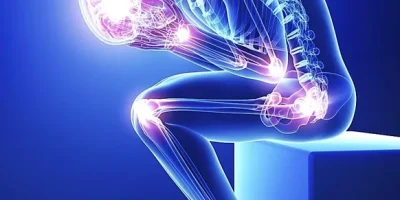
Acute Pain and Chronic Pain Management
Acute pain in neurology typically arises suddenly, often as a direct result of injury, inflammation, or disease affecting the nervous system.
Center Services
Acute pain in neurology typically arises suddenly, often as a direct result of injury, inflammation, or disease affecting the nervous system. It serves as a warning signal and usually resolves once the underlying cause is treated. Chronic pain, on the other hand, persists beyond the expected period of healing, lasting months or even years, and can arise from ongoing conditions like neuropathy, chronic headaches, or back pain. Managing chronic neurological pain often requires a comprehensive approach, combining medications, physical therapy, psychological support, and sometimes interventional procedures like nerve blocks or spinal cord stimulation. The primary goal is to reduce pain intensity, improve function and quality of life, and minimize reliance on medications, especially opioids.

Treatments
Our goal is to achieve the same or better outcomes as traditional surgery while minimizing the impact on the patient through our treatments.
We Provide Treatments for:
- Neck and back pain
- Headaches – most types
- Osteoarthritis
- Pain due to brain and spinal cord injuries.
- Pain associated with cancer
- Chronic abdominal or pelvic pain
- Neurological pain disorders related to Herpes, Shingles, CRPS/RSD
- Work related injuries
- Trigeminal Neuralgia
- Diabetic & Peripheral neuropathic pain disorders
- Cancer Pain
- Failed Back Surgery
Peripheral Vascular Disease
and many other pain disorders.
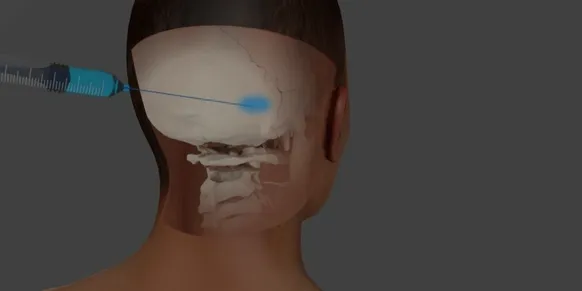
Procedures
Minimally invasive medical procedures refer to techniques that use advanced technology to reach internal organs through very small incisions, significantly reducing the trauma to the patient’s body compared to open surgery.
We provide the latest pain management therapies to resolve your acute or chronic pain:
- Lumbar & Cervical epidural steroid injection
- Selective nerve root blocks
- Caudal/Cervical epidural adhesiolysis
- Medial branch/facet nerve block and radio-frequency neurotiomies/ ablations
- Trigger Point injection
- Joint Injections (Shoulder, Knees, Hip, Saacroilic, etc.
- Pirformis/SI Joint injection
- Occipital Nerve block (pictured)
- Lumbar Sympathetic Nerve block
- Stellate Ganglion Nerve block
- Spinal cord neuro stimulation
- Sacral nerve stimulation
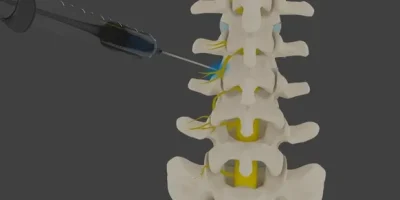
medical branch block
A procedure used in pain management to determine the source of a patient’s back pain. The procedure involves the injection of a local anesthetic near the small medial nerves connected to a specific facet joint in the spine.
Medial Branch Block
Medial Branch Block
A medial branch block is a procedure used in pain management to determine the source of a patient’s back pain. The procedure involves the injection of a local anesthetic near the small medial nerves connected to a specific facet joint in the spine. Facet joints are located between each set of vertebrae in the spine and can become painful due to arthritis, injury, or mechanical stress. If the pain is relieved after the injection, it suggests that the facet joint is indeed the source of pain. This diagnostic procedure can be followed by more long-term relief techniques, such as radiofrequency ablation, if successful. Medial branch blocks are considered minimally invasive and are typically well-tolerated by patients.
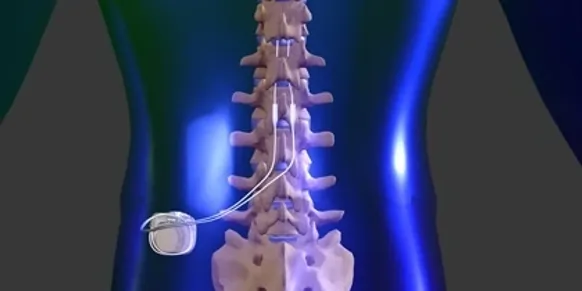
spinal stimulation
An advanced therapy used to manage chronic pain, including pain arising from diabetic neuropathy. This treatment involves a device being implanted under the skin, which sends low levels of electricity directly into the spinal cord.
Spinal Stimulation
Spinal Stimulation
Spinal Cord Stimulation (SCS) is an advanced therapy used to manage chronic pain, including pain arising from diabetic neuropathy. This treatment involves a device being implanted under the skin, which sends low levels of electricity directly into the spinal cord. The electrical impulses interfere with the transmission of pain signals to the brain, effectively altering the pain perception. For those suffering from diabetic neuropathy, which is often characterized by significant nerve pain in the extremities, SCS can be a viable alternative when other treatments have failed. It offers a potential reduction in pain, improvement in quality of life, and may decrease the reliance on pain medications. It’s important for patients to discuss the potential risks and benefits of this therapy with their healthcare provider.
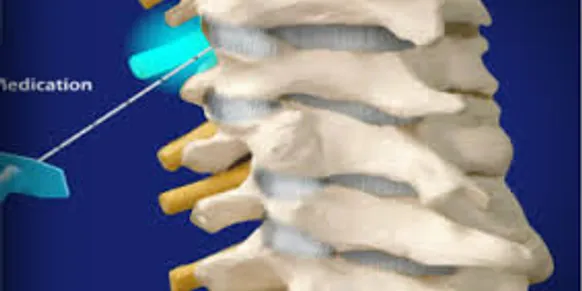
stellate ganglion nerve block
A stellate ganglion nerve block is a minimally invasive procedure that is used to diagnose and treat pain located in the head, neck, chest, or arm caused by the sympathetic nerves.
Stellate Ganglion Nerve Block
Stellate Ganglion Nerve Block
A stellate ganglion nerve block is a minimally invasive procedure that is used to diagnose and treat pain located in the head, neck, chest, or arm caused by the sympathetic nerves. These nerves are part of the autonomic nervous system and frequently carry the pain information from the peripheral tissues back to the spinal cord. The block involves injecting medication around the sympathetic nerves in the neck, where they come together in a star-shaped configuration known as the stellate ganglion. This can help alleviate pain, swelling, and improve mobility. The procedure has also been used to treat conditions such as complex regional pain syndrome, shingles, and can reduce symptoms of anxiety and post-traumatic stress disorder. The effects of the block can be temporary for diagnostic purposes or longer-lasting for therapeutic treatment. It’s a specialized technique that requires the expertise of a skilled physician, often a pain specialist or anesthesiologist, to perform safely and effectively.
